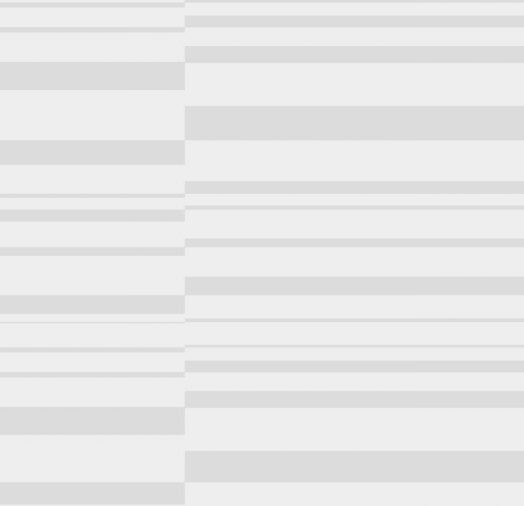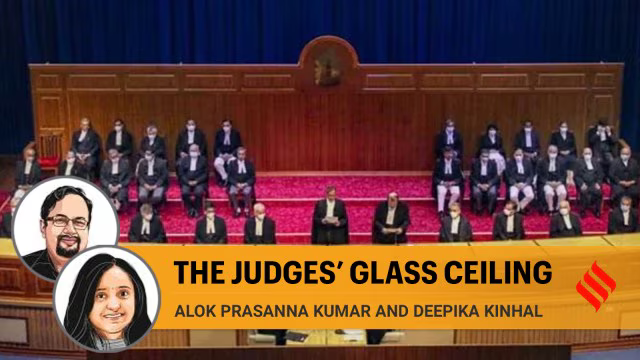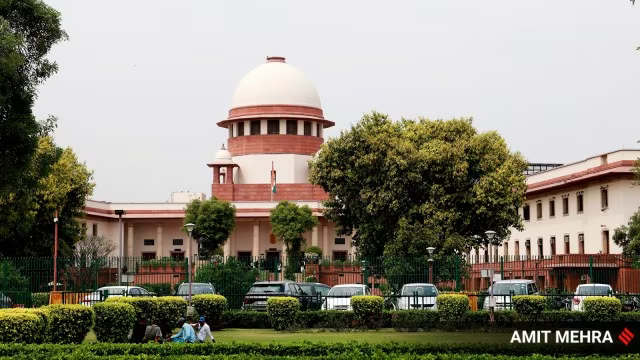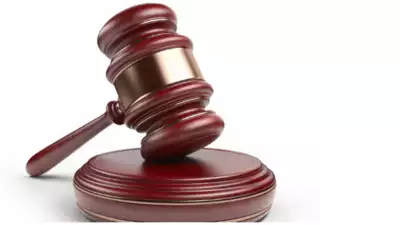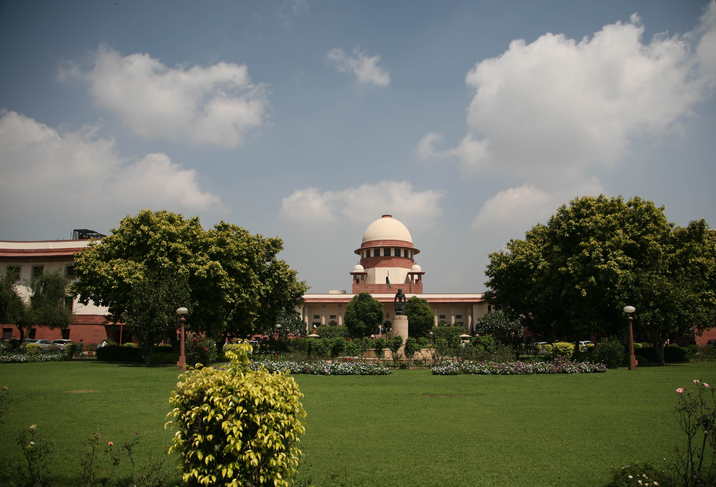
Article 19(2) and ‘Public Order’
Revisiting reasonable restrictions to guarantee freedoms
This is a guest blog.
The freedoms of speech, assembly, formation of unions, free movement and residence across India as outlined in Article 19(1) are subject to restrictions set by the Government under Article 19(2). ‘Reasonable restrictions’ as outlined in Article 19(2) of the Constitution allows for restrictions in the interests of the security and sovereignty of India, friendly relations with Foreign States, public order, decency or morality in the relation to contempt of court, defamation or incitement to an offence.
This begets the question of whether the restrictions specified under Article 19(2) help in achieving the constitutional goal of preserving free speech. No right can be absolute, but at the same time, no right should be so restricted that hinders the very purpose of the right.
The problem with Article 19(2)
The scope of restrictions under Article 19(2) were broadened through the first amendment to the Constitution of India as a reaction by the legislature to the Supreme Court’s decisions in the cases of Romesh Thappar and Brij Bhushan. In Romesh Thappar, the State’s ban on circulation of a magazine on the grounds of public safety and public order was invalidated by the Court. In Brij Bhushan, the Court prevented the government from pre-censoring a journal on the grounds of maintenance of public order. These setbacks led to the government amending the Constitution of India to restrict the freedoms guaranteed under Article 19(1) through the first amendment..
The first amendment also added the ‘reasonable restriction,’ clause which gave the Courts the power to review limitations on free speech. However, over the years judicial interpretations have nevertheless failed to provide a concrete test to determine what speech falls under the restrictive clauses of Article 19(2). The result of this has been a handful of progressive and landmark judgments upholding free speech such as Arup Bhuyan, Shreya Singhal, and Anuradha Bhasin.
The stance of the Court in the above mentioned cases is an exception to the inconsistent nature of judgements with regards to freedom of speech. For example, the Court has dealt with the question of ‘public order’ as outlined in Article 19(2) using a wide variety of interpretations over the years.
‘Public order’ and Article 19
One of the first cases containing the question of scope of public order was Ramji Lal Modi. This case involved the question of constitutionality of Section 295A IPC which penalizes any act or statement that outrages the religious feelings of any community. The Court rejected the argument of employing a proximate test to draw the relation between the speech and public disorder and Section 295A was held constitutional on the basis of “calculated tendency” to disturb public order. Thus, ‘calculated tendency’ which did not require a direct link between speech and public order was set as the standard test. Following this standard, the Kedar Nath Singh case upheld the colonial-era crime of sedition on the grounds of certain speech having the tendency to cause public disorder.
In Ram Manohar Lohia, the Court deviated from the pre-established standard of “calculated tendency” test and narrowly interpreted “public order”. It was held that for an act to qualify as a threat to public order, there ought to be a very proximate link between the speech used and the public disorder so alleged. This definition was further narrowed down in Madhu Limaye v. Ved Murti, where the Court departed from previously held views equating public order to public tranquillity, albeit in the context of preventive detention cases. It laid down that for something to be a threat to public order, it had to disturb more than just the public tranquillity. Post this, in S. Rangarajan v. P. Jagjivan Ram, the Court noted while reiterating the proximity test stated that “while there has to be a balance between free speech and restrictions for special interest, the two cannot be balanced as though they were of equal weight”.
Today, even though Ram Manohar Lohia holds the field on free speech, instances of courts continuing to widen the ambit of “public order” can still be seen. For example, in Baragur Ramachandrappa v State of Karnataka, the Court broadened the understanding of ‘public order’ by banning the publication of the novel Dharmakaarana citing observations in the novel could hurt the sentiments of certain communities. More recently in 2017, the Supreme Court sided with the legislature which banned the book Basava Vachana Deepthi for religious outrage among communities, without providing a reasoned order.
In certain instances the Court has cited public order to curb the right to protest as it curbs mobility and continued with internet bans. ‘Public order’ is now also being used by state governments as a ground for internet bans to prevent malpractice in exams.
This precedent has seen the Ministry of Information and Broadcasting for example suspending two media channels for their critical reporting of the Delhi riots to maintain public order. More recently, the Union Government has come out with the Central Media Accreditation Guidelines, 2022 which allows the Government to choose journalists giving them access to government offices on the basis of vague grounds like public order, morality, decency etc.
The other chilling effects of the Supreme Court upholding colonial era laws (via cases like Kedar Nath or even certain IPC provisions as discussed above) have been the prosecutions of journalists, activists and protestors in the name of protecting public order.
Thus, the result today has been an ever-broadening definition of what constitutes resonable restriction under ‘public order’, giving the Government extensive powers to curb the freedom of speech.
Conclusion
The above analysis goes on to show how a wide range of freedoms enjoyed under Article 19(1) has slowly been restricted under the aegis of ‘public order’. While this piece has outlined the problems faced under the public order clause, other such grounds that are very as widely interpreted include decency, morality, and defamation, all of which find their mention in Article 19(2). The way these statutes operate today showcase the broad scope of Article 19(2).
The problem, therefore, requires the judiciary to revisit what constitutes ‘reasonable restrictions’ under Article 19(2), providing a narrower and a more definite scope for restricting the same. Without a clearer framework, the freedoms guaranteed under Article 19(1) will continue to slowly erode.
